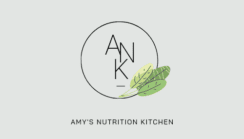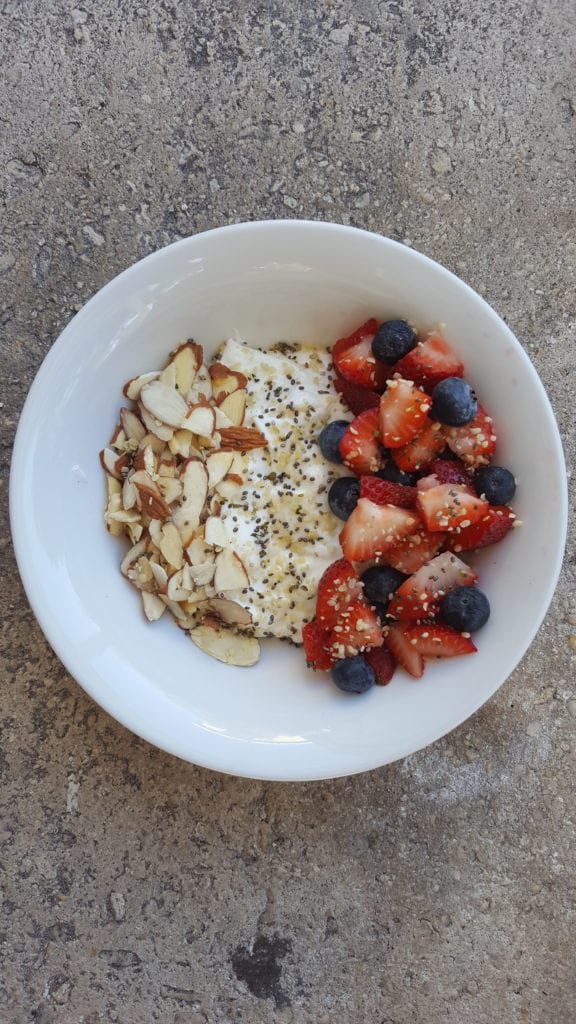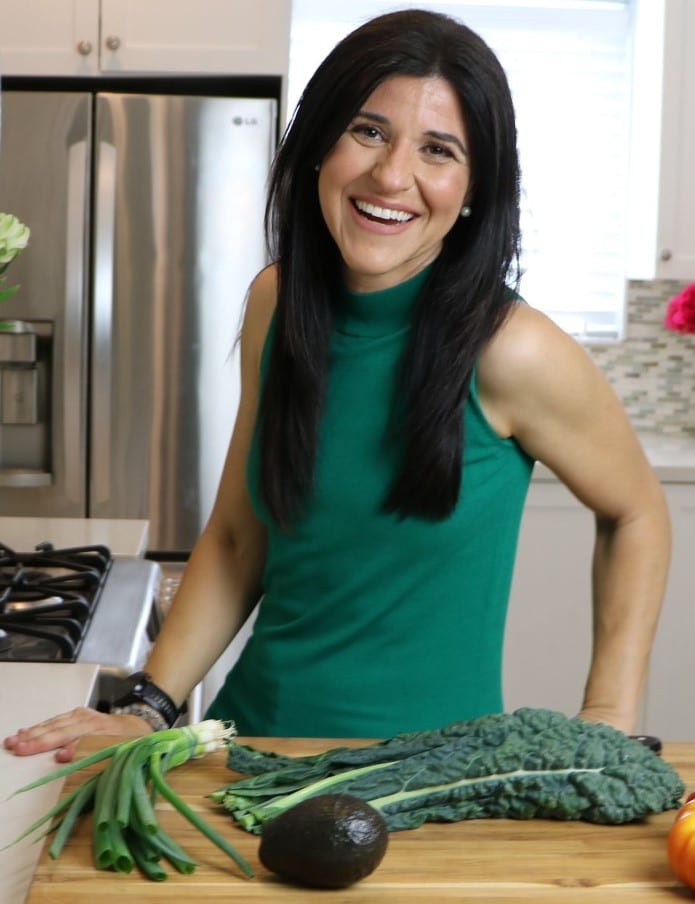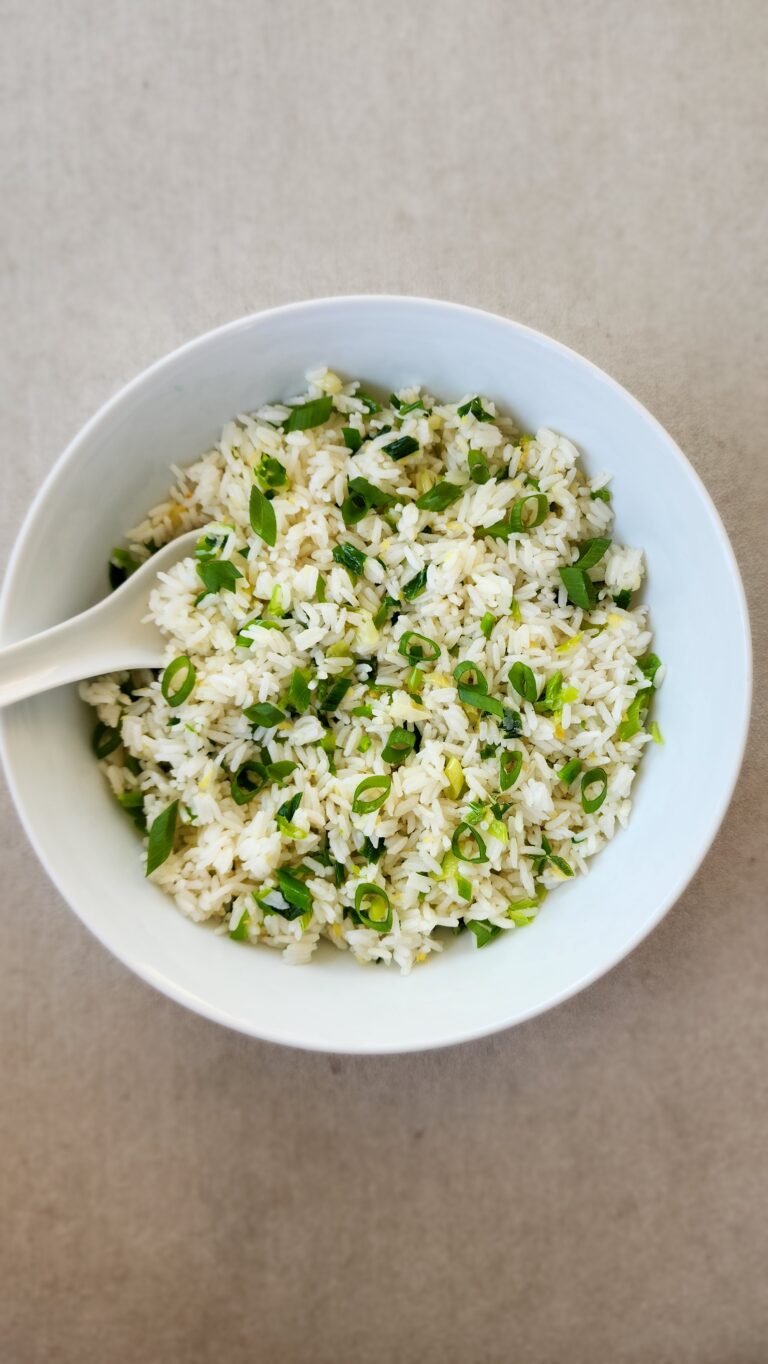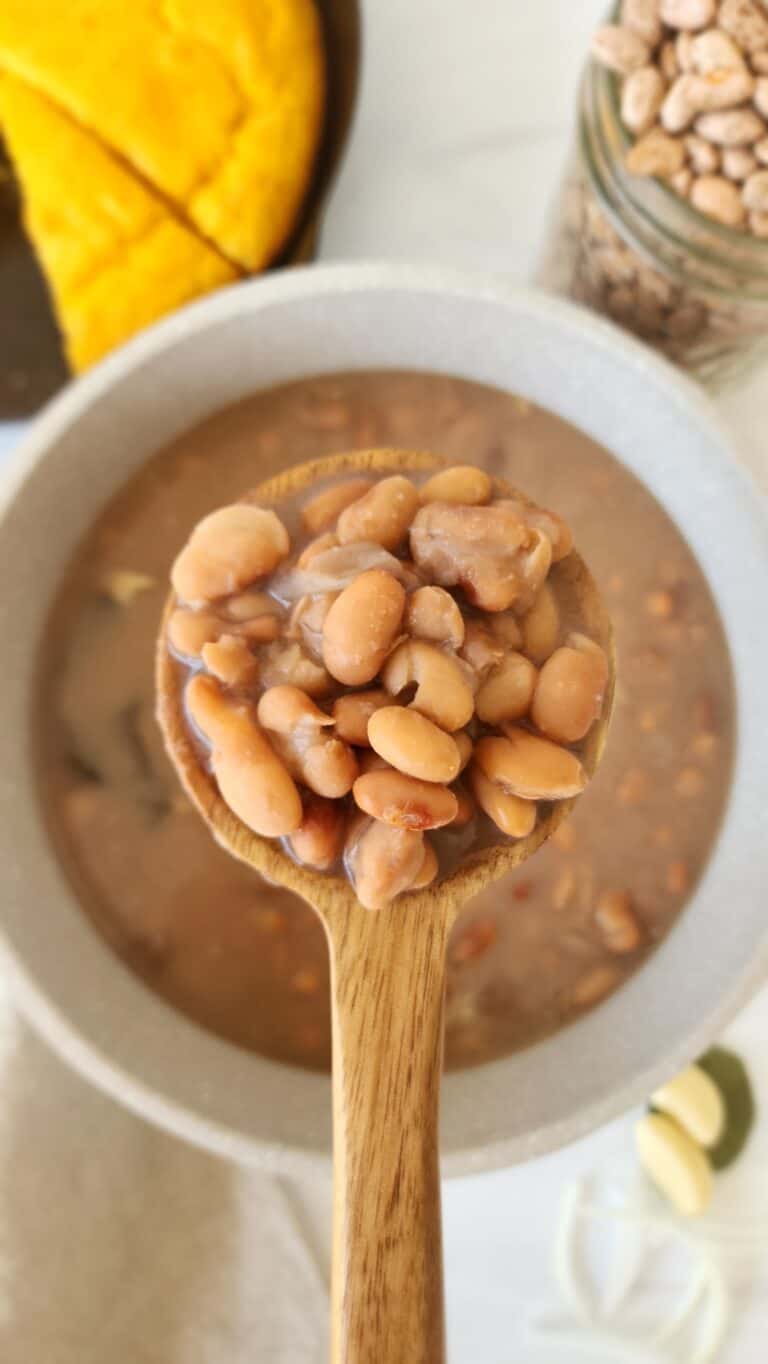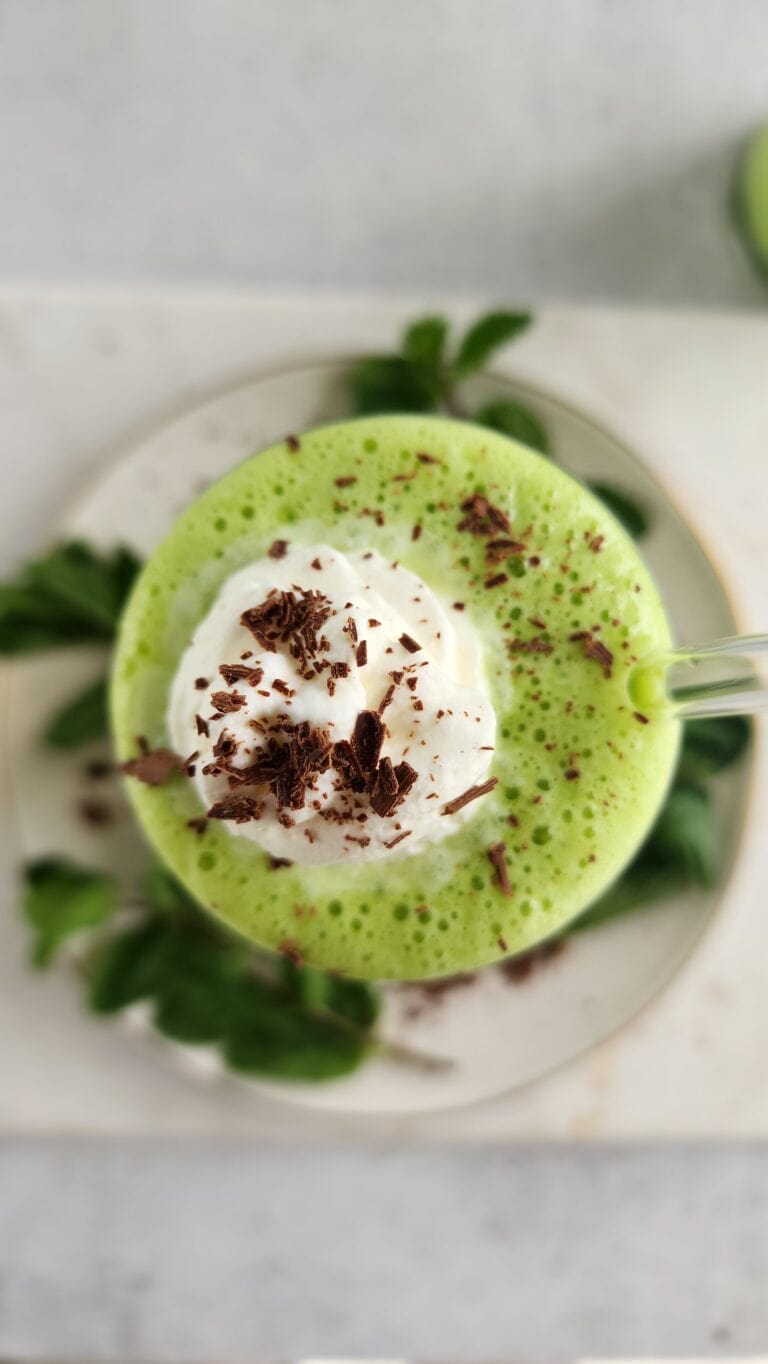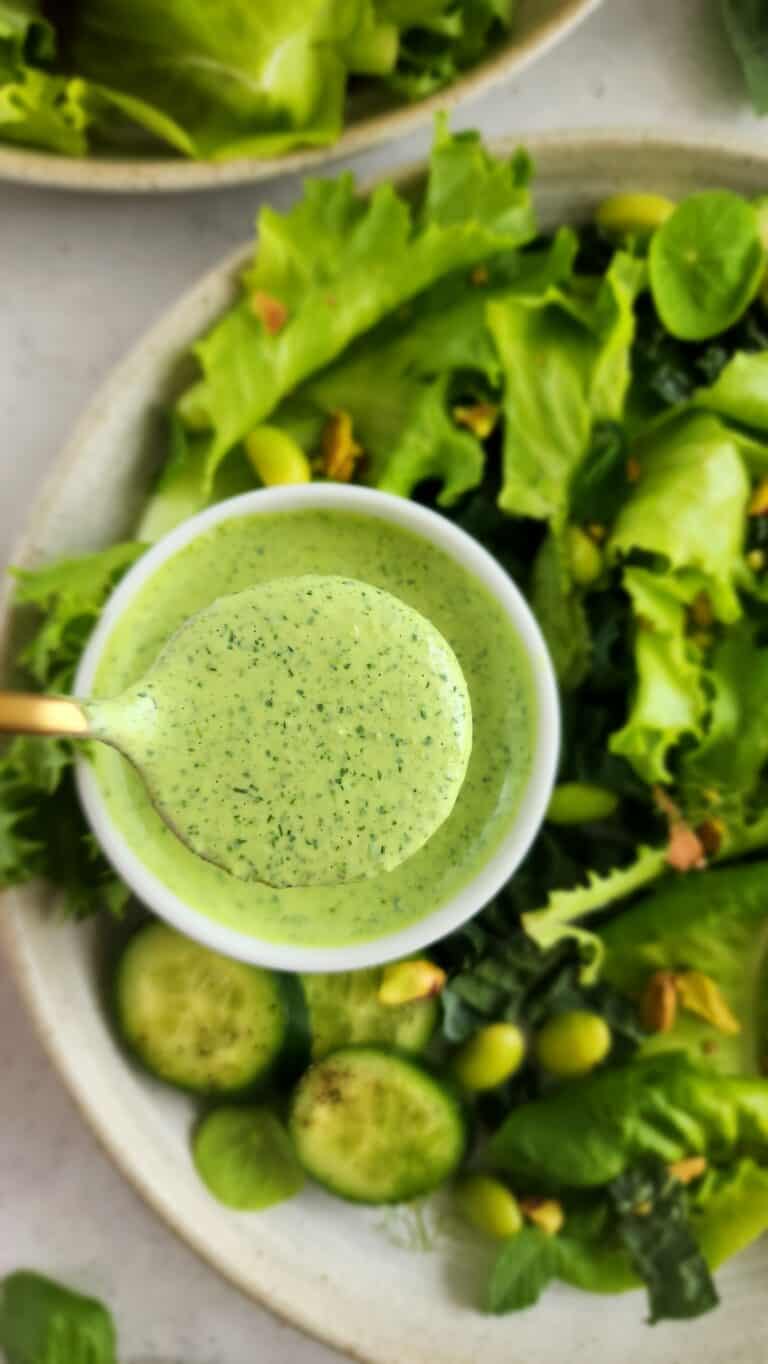Food is an important part of our lives. People with diabetes know very well that food plays a big part in their blood sugar control. Carbohydrates have the greatest effect on the blood sugars and it is for that reason that we play close attention to these when managing diabetes. Carbohydrates are the primary source of fuel for the body, so it’s important not only to choose healthier alternatives but also to limit how many carbohydrates you eat at any one particular meal/snack.
When planning your child’s meals and snacks, make sure to offer a variety from all of the food groups:
Carbohydrates – more than 90% of the carbohydrates eaten turn into glucose between 15-30 minutes after eating.
Protein – While these do not directly affect the blood sugar, they do indirectly affect the blood sugar. Protein takes longer to digest, 2-4 hours, and therefore can delay the absorption of the carbohydrates in the blood.
Fat – Again, these do not directly affect the blood sugar, but rather indirectly affect the blood sugar. Fats take 4-6 hours to digest and can therefore affect the delay of the absorption of the CHOs as well.
So while we focus the majority of our attention on CHOs (because they have an almost immediate effect on your blood sugar level), it’s important when planning for snacks to have a balance of ALL nutrients. Having a balance allows for better blood sugar control (less spikes) as well as allowing your child to feel full for a longer period of time (instead of running back inside and asking for more!)
Most growing children need snacks whether they have diabetes or not. Snacks can help prevent low blood glucose and between meal hunger and may be necessary to help your child grow. Depending on the insulin regimen, whether using multiple daily injections or an insulin pump, insulin will be needed to cover CHOs at snacks (depending on the physical activity level and blood sugar level at that time). Typical snacks range from 0 to 30 grams of CHOs for the school-age child. Teenagers may need more CHOs. Here are a few examples of snack ideas for kids (15 grams of CHO):
- 1 tennis ball sized apple with 1-2 tablespoons of peanut butter
- 1 cup mixed berries with ¼ cup nuts
- 1 slice whole wheat bread with 1-2 oz uncured, low-salt luncheon meat
- 6 whole grain crackers with 1 slice of cheese
- ½ cup blueberries with 1-6 ounce plain Greek yogurt
Remember to balance your CHOs at the snack with some protein and fat – this will slow the rate at which the carbohydrates empty from your stomach and result in a more gradual rise in blood sugar. Having a hungry child with high blood sugars can be very challenging. Keeping a few of these low CHO options on hand is always a good idea. Choosing low CHO foods that have minimal impact on blood sugar which can then help tide your child over while you are waiting for the insulin on board to kick in.
Low-Carbohydrate Snack Ideas
- Cucumbers and grape tomatoes with Bolthouse Farms Dressing (Classic Ranch Yogurt dressing – 2 Tbsp total CHO 3 grams).
- Celery sticks with Peanut butter
- Carrot Stick with Bolthouse Farms Dressing (Classic Ranch Yogurt dressing – 2 Tbsp total CHO 3 grams)
- 2 cups of fresh vegetables with Bolthouse Farms dressing (Classic Ranch Yogurt dressing – 2 Tbsp total CHO 3 grams)
- ¼ cup unsalted nuts or seed: almonds, peanuts, pistachios
- 2 slices cheese, such as Cabot® Reduced-Fat cheese, rolled with vegetables
- ½ cup low-fat cottage cheese (7g CHO)
- 1 mozzarella cheese stick
- 2 slices turkey and 1 slice of cheese roll-ups
- 1 hard-boiled egg
- ½ cup egg salad prepared with low-fat mayo
- 3 oz tuna salad with vegetables
- 1 sugar-free Jell-o
- 2 Tbsp Smuckers Natural peanut butter (stir well before serving)
- 2 Tbsp hummus with carrot sticks or cucumbers
- 2 Tbsp guacamole with carrots sticks and grape tomatoes
Other factors to consider is the timing of the bolus. This can have a huge impact on the after-meal spikes. Boluses given too late to match the carbohydrates consumed can produce significant hyperglycemia soon after eating, whereas a properly timed bolus (15 minutes before the meal or snack) can result in excellent after-meal control). However, for young children whose food intake may be unpredictable, it’s best to bolus soon after the meal once you have determined the exact amount of CHOs consumed.
You might discover certain factors that have a subtle influence on your child’s blood sugar levels: days of the week, work/school schedules, time of the month, physical/recreational activities, changes in pump infusion sets or insulin vials/cartridges, injection/infusion sites, dining in vs out, and medication schedules. The key is to look for trends and patterns in your data. Given the complexities of analyzing the data, it is usually worthwhile to have a second set of eyes look over your records. Don’t hesitate to ask your Endocrinologist or diabetes educator to review your data and help you form reasonable conclusions.
We hope these helpful hints are useful to you!
Amy Kimberlain, RD, LD/N, CDE
Lory Gonzalez, ARNP, CDE
